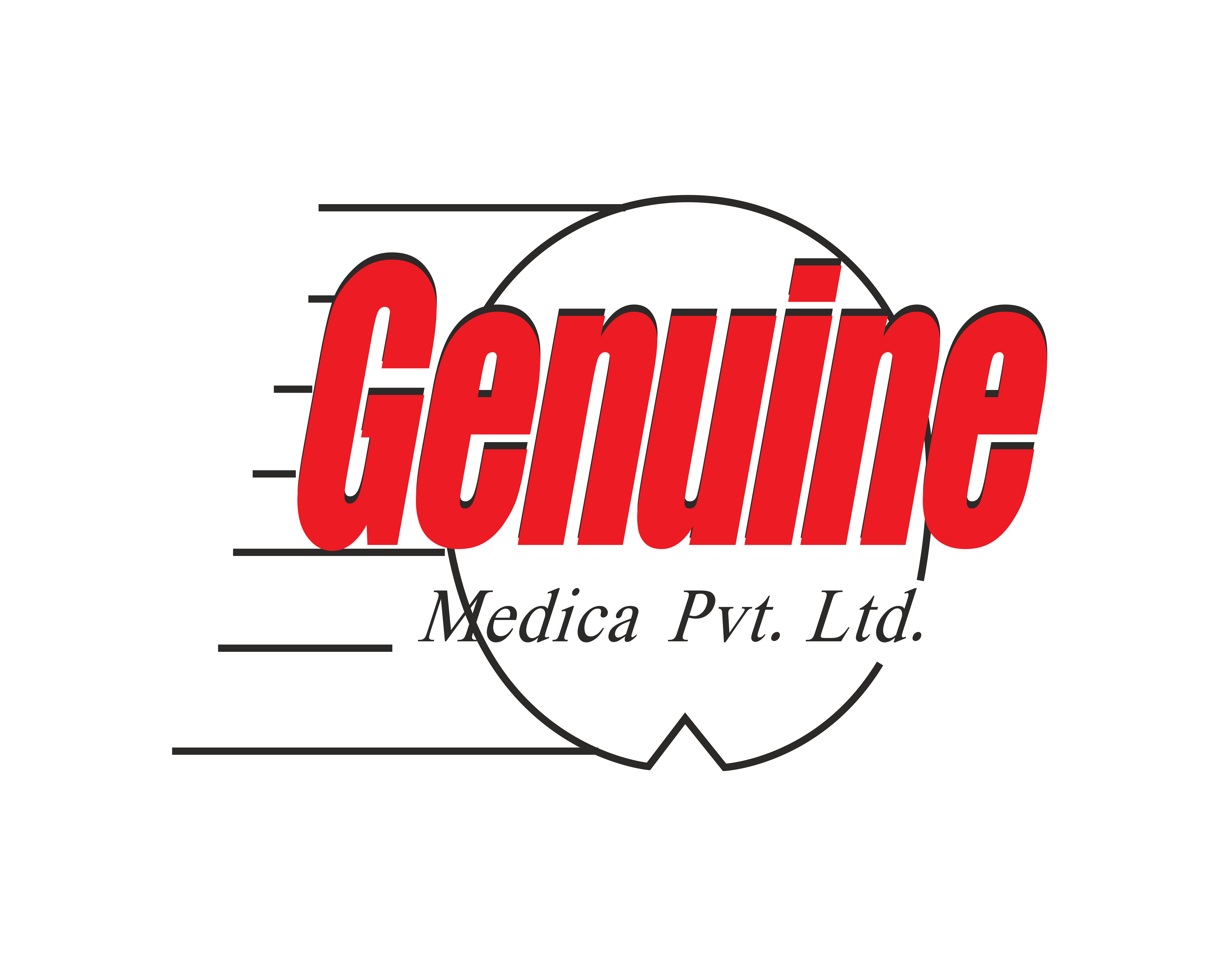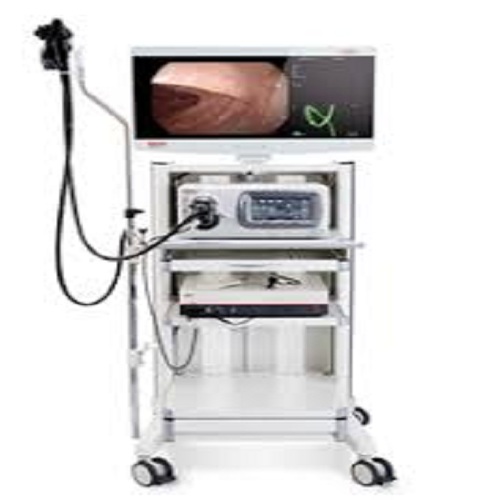Bronchoscope System
Emi Available
OUR EMI PLANS
| Tenure | EMI | Total |
|---|---|---|
| 3 | ₹182.39 (15.00%) | ₹457.18 |
| 6 | ₹92.90(15.00%) | ₹557.38 |
| 9 | ₹63.08(15.00%) | ₹567.70 |
| 12 | ₹63.08(15.00%) | ₹578.14 |
| 18 | ₹33.30(15.00%) | ₹599.40 |
| 24 | ₹25.88(15.00%) | ₹621.15 |
| Tenure | EMI | Total |
|---|---|---|
| 3 | ₹182.39 (15.00%) | ₹457.18 |
| 6 | ₹92.90(15.00%) | ₹557.38 |
| 9 | ₹63.08(15.00%) | ₹567.70 |
| 12 | ₹63.08(15.00%) | ₹578.14 |
| 18 | ₹33.30(15.00%) | ₹599.40 |
| 24 | ₹25.88(15.00%) | ₹621.15 |
| Tenure | EMI | Total |
|---|---|---|
| 3 | ₹182.39 (15.00%) | ₹457.18 |
| 6 | ₹92.90(15.00%) | ₹557.38 |
| 9 | ₹63.08(15.00%) | ₹567.70 |
| 12 | ₹63.08(15.00%) | ₹578.14 |
| 18 | ₹33.30(15.00%) | ₹599.40 |
| 24 | ₹25.88(15.00%) | ₹621.15 |
| Tenure | EMI | Total |
|---|---|---|
| 3 | ₹182.39 (15.00%) | ₹457.18 |
| 6 | ₹92.90(15.00%) | ₹557.38 |
| 9 | ₹63.08(15.00%) | ₹567.70 |
| 12 | ₹63.08(15.00%) | ₹578.14 |
| 18 | ₹33.30(15.00%) | ₹599.40 |
| 24 | ₹25.88(15.00%) | ₹621.15 |
| Tenure | EMI | Total |
|---|---|---|
| 3 | ₹182.39 (15.00%) | ₹457.18 |
| 6 | ₹92.90(15.00%) | ₹557.38 |
| 9 | ₹63.08(15.00%) | ₹567.70 |
| 12 | ₹63.08(15.00%) | ₹578.14 |
| 18 | ₹33.30(15.00%) | ₹599.40 |
| 24 | ₹25.88(15.00%) | ₹621.15 |
| Tenure | EMI | Total |
|---|---|---|
| 3 | ₹182.39 (15.00%) | ₹457.18 |
| 6 | ₹92.90(15.00%) | ₹557.38 |
| 9 | ₹63.08(15.00%) | ₹567.70 |
| 12 | ₹63.08(15.00%) | ₹578.14 |
| 18 | ₹33.30(15.00%) | ₹599.40 |
| 24 | ₹25.88(15.00%) | ₹621.15 |
| Tenure | EMI | Total |
|---|---|---|
| 3 | ₹182.39 (15.00%) | ₹457.18 |
| 6 | ₹92.90(15.00%) | ₹557.38 |
| 9 | ₹63.08(15.00%) | ₹567.70 |
| 12 | ₹63.08(15.00%) | ₹578.14 |
| 18 | ₹33.30(15.00%) | ₹599.40 |
| 24 | ₹25.88(15.00%) | ₹621.15 |
| Tenure | EMI | Total |
|---|---|---|
| 3 | ₹182.39 (15.00%) | ₹457.18 |
| 6 | ₹92.90(15.00%) | ₹557.38 |
| 9 | ₹63.08(15.00%) | ₹567.70 |
| 12 | ₹63.08(15.00%) | ₹578.14 |
| 18 | ₹33.30(15.00%) | ₹599.40 |
| 24 | ₹25.88(15.00%) | ₹621.15 |
| Tenure | EMI | Total |
|---|---|---|
| 3 | ₹182.39 (15.00%) | ₹457.18 |
| 6 | ₹92.90(15.00%) | ₹557.38 |
| 9 | ₹63.08(15.00%) | ₹567.70 |
| 12 | ₹63.08(15.00%) | ₹578.14 |
| 18 | ₹33.30(15.00%) | ₹599.40 |
| 24 | ₹25.88(15.00%) | ₹621.15 |
| Tenure | EMI | Total |
|---|---|---|
| 3 | ₹182.39 (15.00%) | ₹457.18 |
| 6 | ₹92.90(15.00%) | ₹557.38 |
| 9 | ₹63.08(15.00%) | ₹567.70 |
| 12 | ₹63.08(15.00%) | ₹578.14 |
| 18 | ₹33.30(15.00%) | ₹599.40 |
| 24 | ₹25.88(15.00%) | ₹621.15 |
| Tenure | EMI | Total |
|---|---|---|
| 3 | ₹182.39 (15.00%) | ₹457.18 |
| 6 | ₹92.90(15.00%) | ₹557.38 |
| 9 | ₹63.08(15.00%) | ₹567.70 |
| 12 | ₹63.08(15.00%) | ₹578.14 |
| 18 | ₹33.30(15.00%) | ₹599.40 |
| 24 | ₹25.88(15.00%) | ₹621.15 |
| Tenure | EMI | Total |
|---|---|---|
| 3 | ₹182.39 (15.00%) | ₹457.18 |
| 6 | ₹92.90(15.00%) | ₹557.38 |
| 9 | ₹63.08(15.00%) | ₹567.70 |
| 12 | ₹63.08(15.00%) | ₹578.14 |
| 18 | ₹33.30(15.00%) | ₹599.40 |
| 24 | ₹25.88(15.00%) | ₹621.15 |
We have EMI available on major Credit Cards. No Cost EMI offer of Hospital Store enables users to purchase *everything on EMI and experience easy shopping. *Minimum order placed should be Rs. 3000 across banks. **Applicable on EMI tenure for 3 and 6 months only, across all banks.
We accept COD Payment on this product
Pay Booking Amount Now : ₹81.08
Pay Balance on COD : ₹728.38 + Shipping
- — GST Invoice available
- — Mail / SMS notification
- — Easy Return and exchange
- — Multiple payment options
- — Best price
- – Credit/Debit Card Payment
- – Netbanking and UPI Payment
- – Easy EMI on selected products
- – NEFT or RTGS to Bank Account
Free Shipping
Upgrade your healthcare facility with our top-tier equipment– free shipping!
2-year warranty
Secure your investment with our extensive 2-year warranty on all products.
Bronchoscope Manufacturer & Distributor
In a country like ours where there are a lot of people not availing the basic health benefits, there are people who are very working hard in order to provide health care facilities to every citizen of the country. With the dream of providing health care and medical facilities to everyone in this country, Genuine Medica was established and leading the bronchoscope manufacturer, supplier and distributor in Delhi. According to the reports published by major international organizations, our country has the largest number of people suffering from lungs related disorders. Doctors who are specialized in the treatment of lungs related disorders are known as Pulmonologist. The conventional surgeries associated with the treatment of the diseases related to the lungs were quite risky and had so much of complications. With the upbringing of technology in recent times, a new surgical technique called Bronchoscopy came into existence. Bronchoscopy is an endoscopic technique by which a doctor visualizes the inside of the airways for therapeutic and diagnostic purposes. Bronchoscopy is carried out with the help of an instrument or a device known as Bronchoscope. It can be of either flexible type or of rigid type and their use depends on the type of treatment in which they are to be used. Bronchoscope contains a long thin tube which is inserted into the airways through the nose or mouth and sometimes via tracheostomy too. One end of the Bronchoscope contains the camera which is used to generate the video of the inside of the body for the doctor to take a look. We at Genuine Medica are the best bronchoscope manufacturer and distributor in the entire country offering our services at the most affordable price and the best quality product which separate us from the rest.
What is a Bronchoscopy?
Bronchoscopy is an endoscopic technique for visualizing the airway interior for diagnostic and therapeutic purposes. An instrument (bronchoscope) is usually inserted through the mouth or nose or occasionally through a tracheostomy into the respiratory tract. In this way, the physician can examine the patient’s airway for abnormalities such as foreign bodies, bleeding, tumors or inflammation. Samples can be taken from the lungs. The design of the bronchoscope ranges from rigid metal tubes with connected lighting devices to flexible fiberoptic instruments with real-time video equipment.
Preparation for a bronchoscopy
During a bronchoscopy, a local anesthetic spray is applied to the nose and throat. You will probably get a sedative to relax. This means that you are awake but drowsy during the procedure. Oxygen is normally given during a bronchoscopy. In rare cases, general anesthesia is required.
You should not eat or drink 7 to 12 hours before bronchoscopy. Ask your doctor before surgery if you need to stop:
- Aspirin (Bayer)
- Ibuprofen (Advil)
- warfarin
- other anticoagulants
Bring someone to your appointment to bring you home later, or arrange for transportation.
How is the test performed?
With the bronchoscope, your doctor can recognize all the structures of your respiratory system. These include the larynx, trachea and the smallest airways of the lungs, including the bronchi and bronchioles.
A bronchoscopy can be used to diagnose:
- a lung disease
- a tumor
- chronic cough
- an infection
Your doctor may order bronchoscopy if you have a chest X-ray or an abnormal CT scan showing evidence of infection, tumor or collapsed a lung.
The test is sometimes used as a treatment tool. For example, bronchoscopy may allow your doctor to deliver medication to your lungs or to remove an item that is trapped in your airways, such as a piece of food.
Restoration of a bronchoscopy
A bronchoscopy is relatively fast, takes about 20 – 30 minutes. While you are sedated, rest a few hours in the hospital until you feel more alert and the numbness disappears in the throat. Your breathing and blood pressure will be monitored during your recovery.
You can not eat or drink until your throat is no longer numb. This can take an hour or two. Your throat may feel sore or itchy and hoarse for a few days. That is normal. It usually does not last long and disappears without medication or treatment.
Related products






















Reviews
There are no reviews yet.